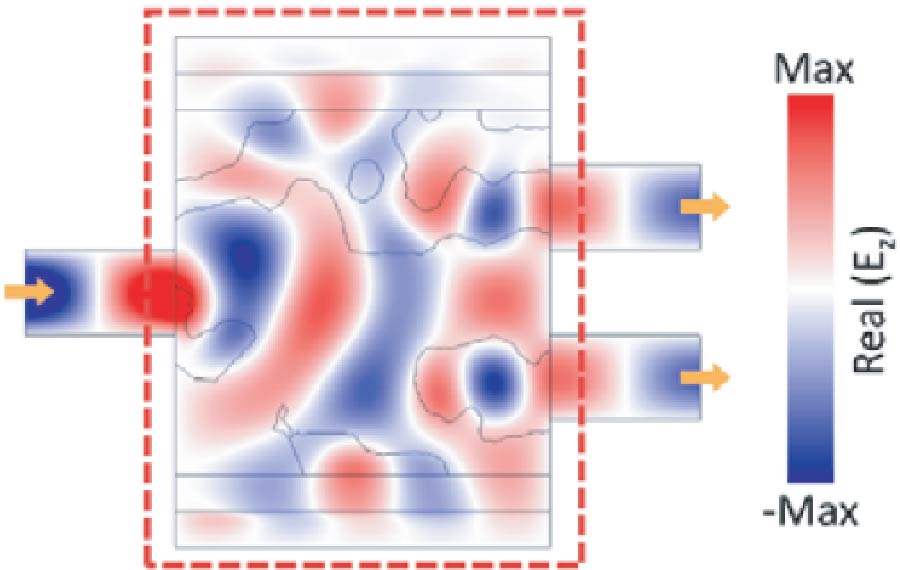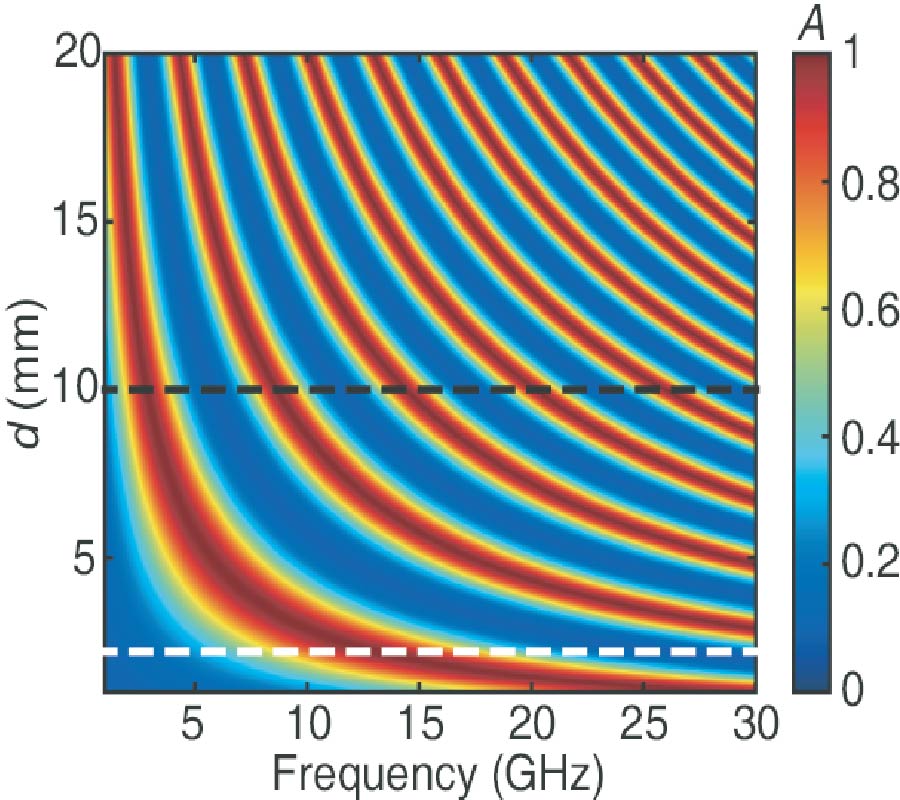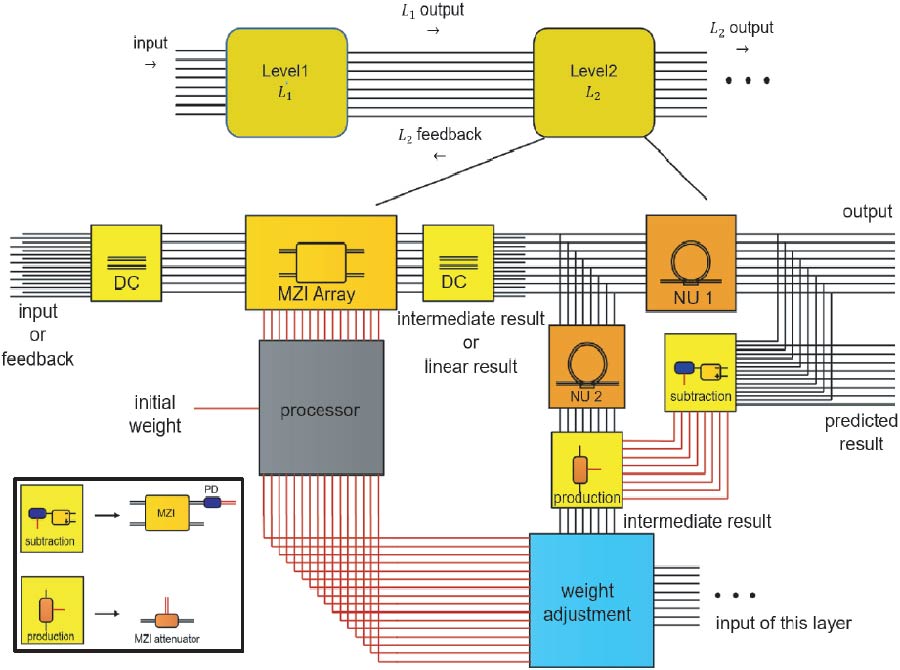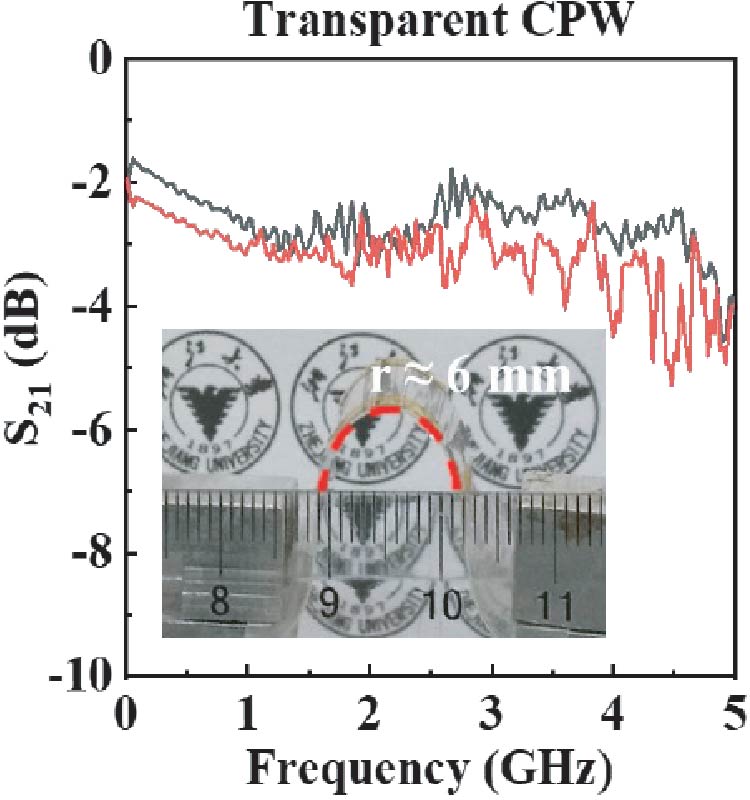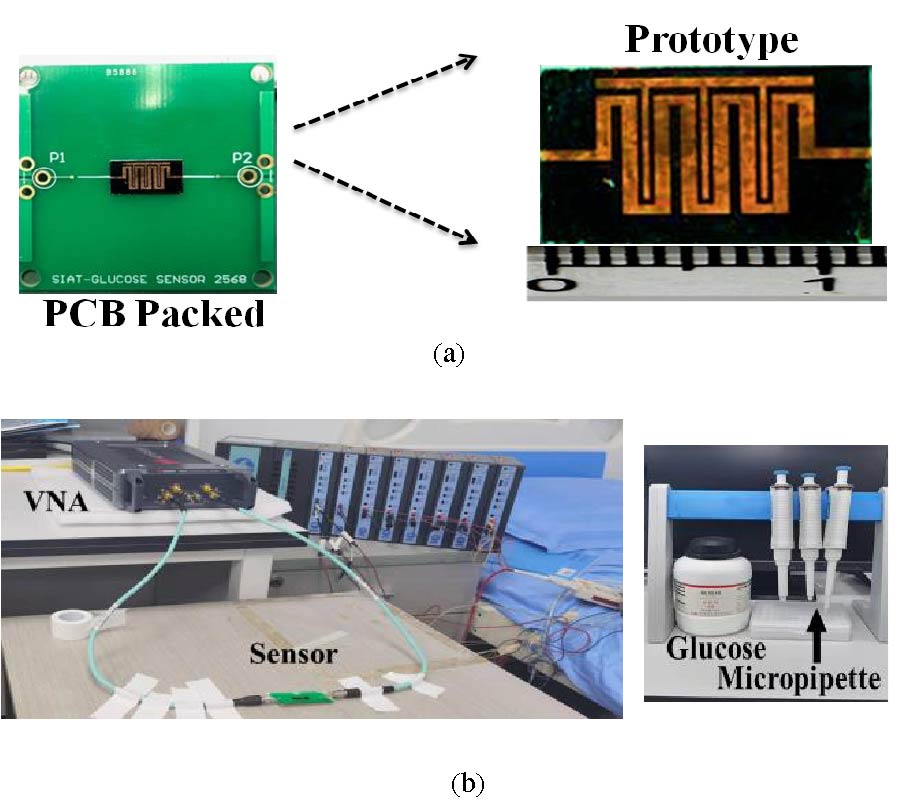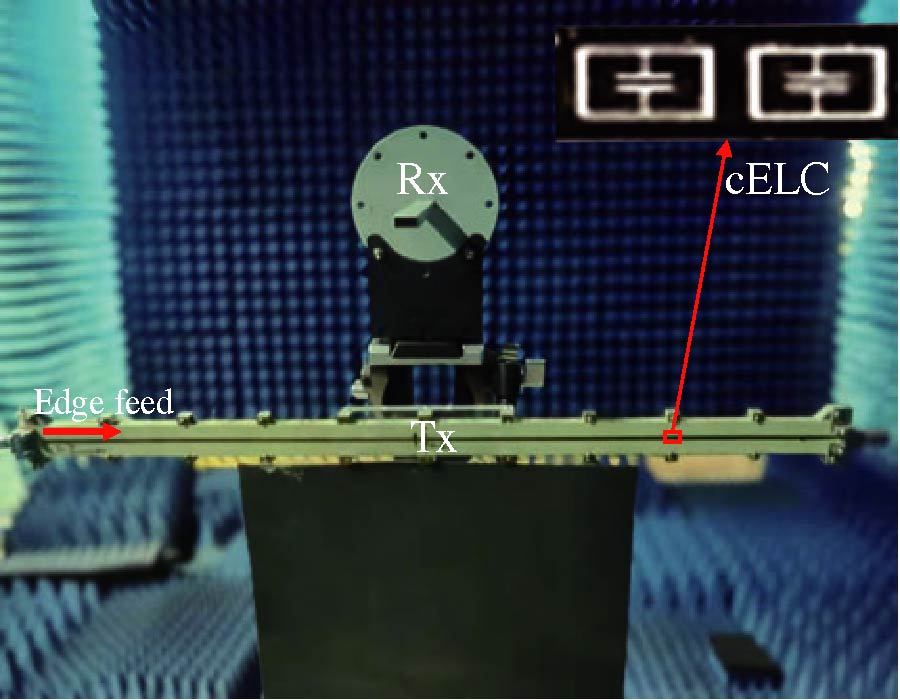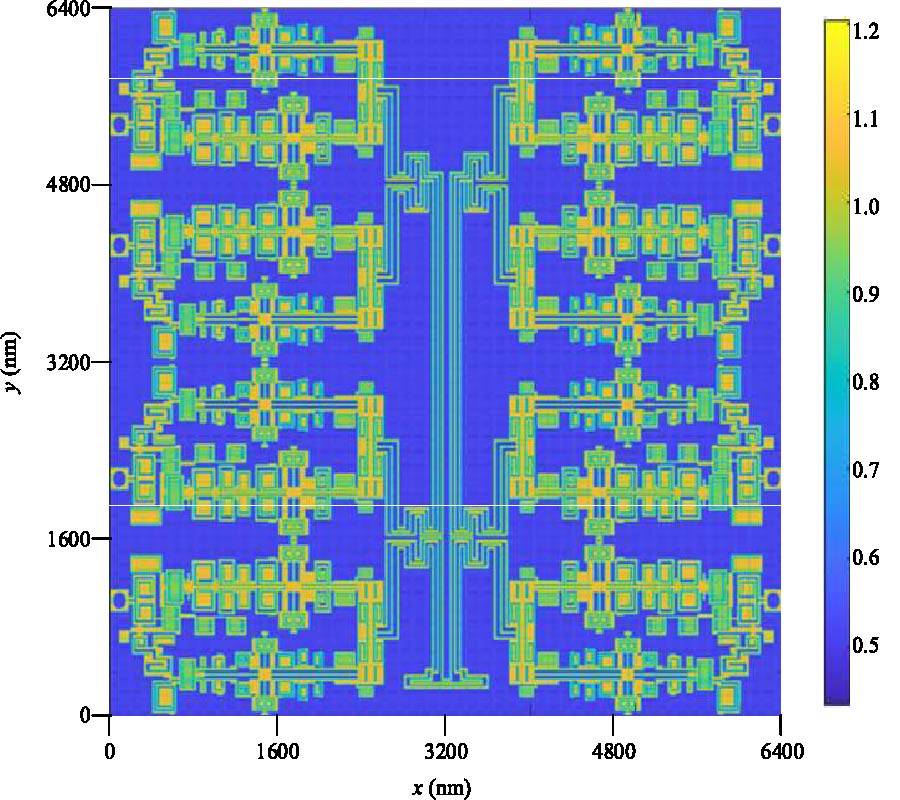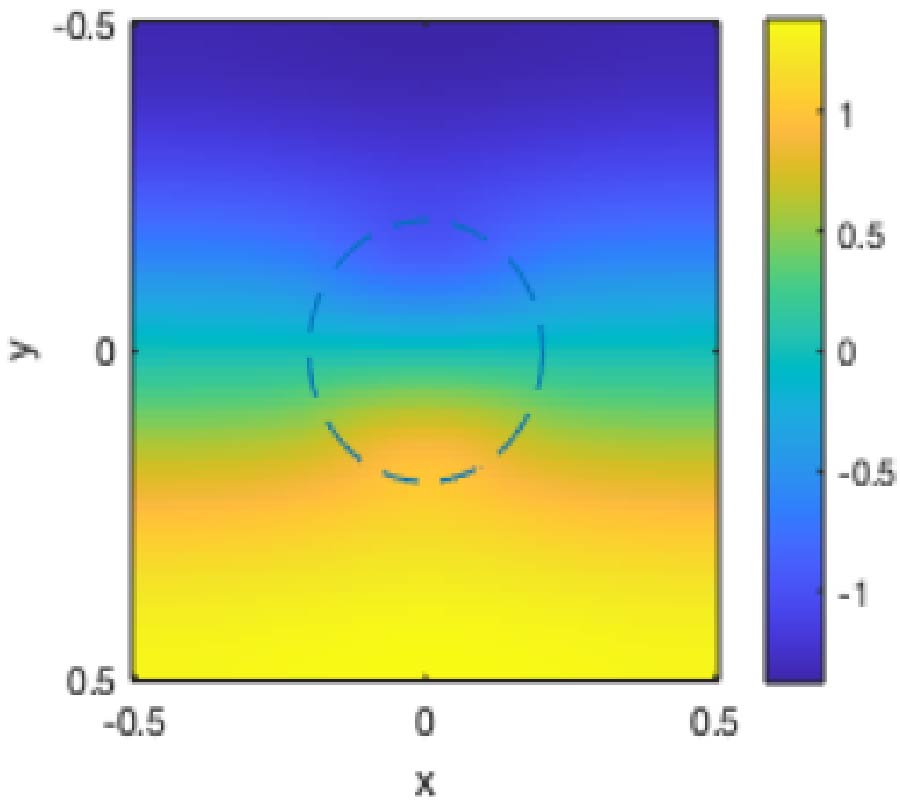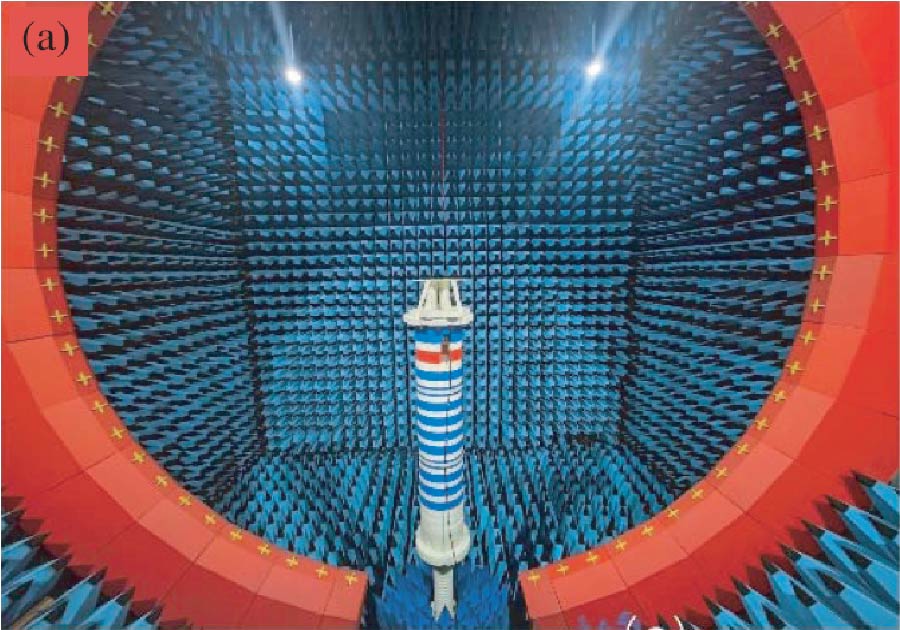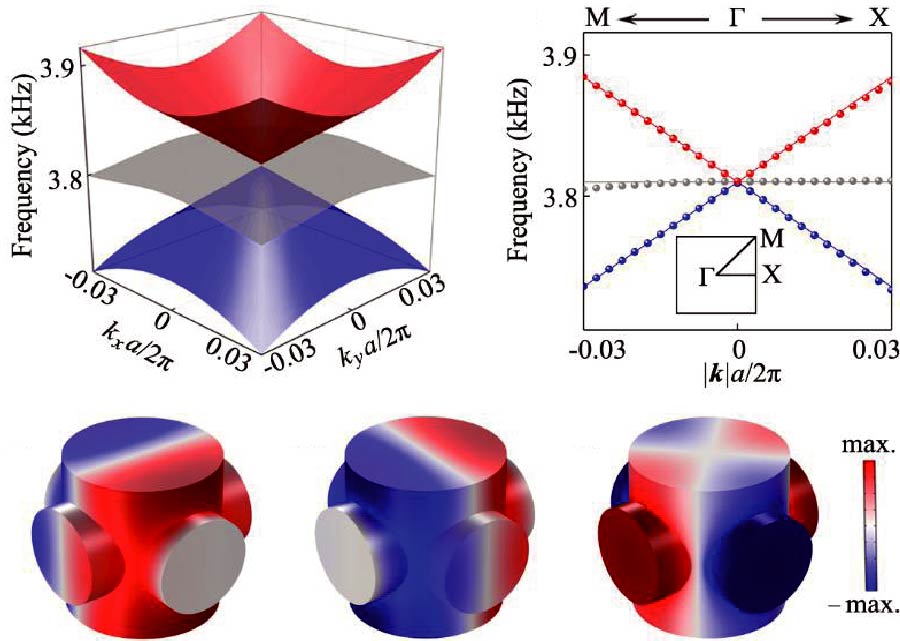Inverse-Designed Metamaterials for on-Chip Combinational Optical Logic Circuit
Qingze Tan,
Chao Qian and
Hongsheng Chen
Optical analog computing has recently sparked growing interest due to the appealing characteristics of low energy consumption, parallel processing, and ultrafast speed, spawning it complementary to conventional electronic computing. As the basic computing unit, optical logic operation plays a pivotal role for integrated photonics. However, the reported optical logic operations are volumetric and single-functional, which considerably hinders the practical cascadability and complex computing requirement. Here, we propose an on-chip combinational optical logic circuit using inverse design. By precisely engineering the scattering matrix of each small-footprint logic gate, all basic optical logic gates (OR, XOR, NOT, AND, XNOR, NAND, and NOR) are realized. On this foundation, we explore the assembly of these basic logic gates for general-purpose combinational logic circuits, including optical half-adder and code converter. Our work provides a path for the development of integrated, miniaturized, and cascadable photonic processor for future optical computing technologies.
